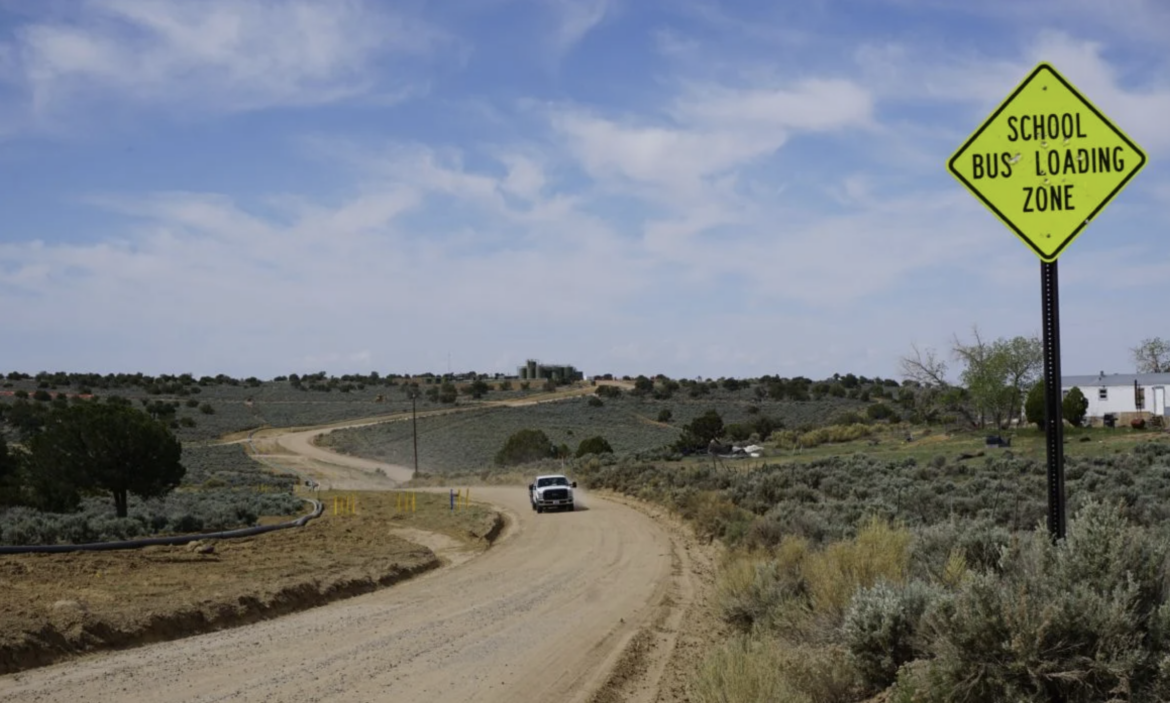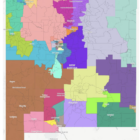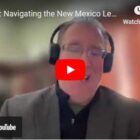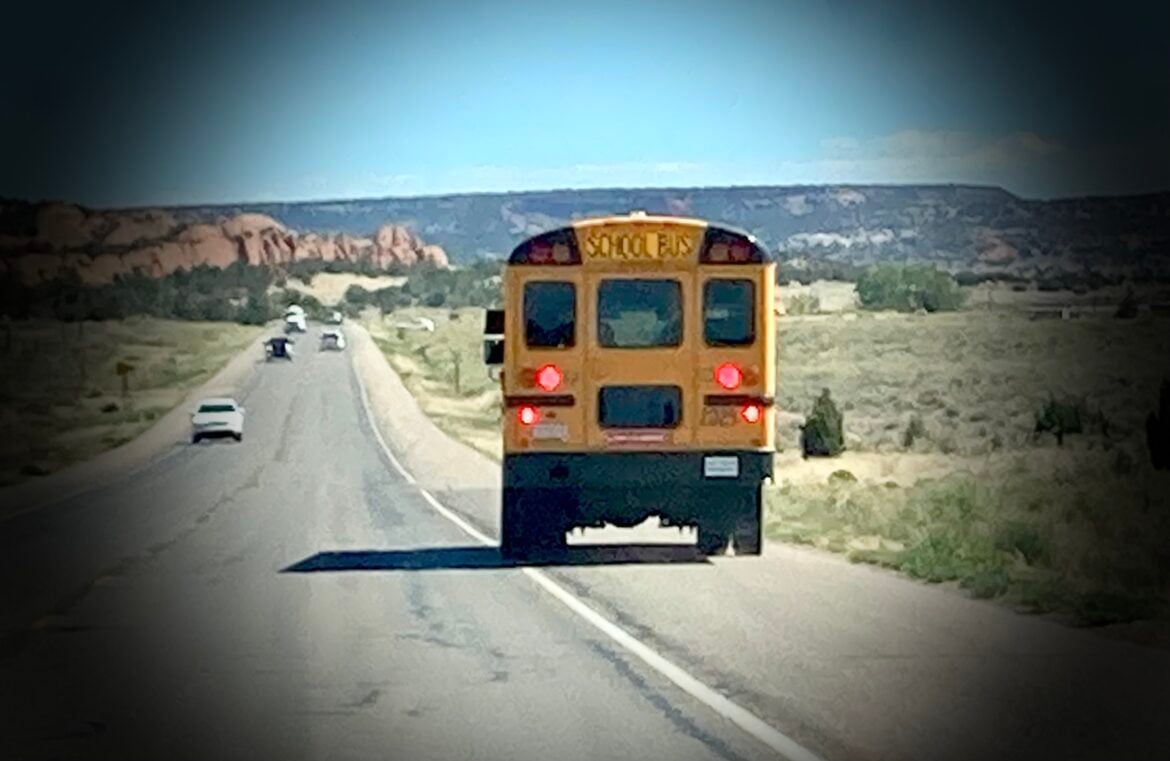Environment
Oil and gas gave big in 2023. The industry flexed its muscles this week.
|
Large oil and gas companies gave nearly $800,000 in the past 12 months to Gov. Michelle Lujan Grisham, partisan legislative political action committees and individual state lawmakers, according to a partial review of campaign finance reports filed by lobbyists. That amount almost certainly will grow in coming months due to a quirk in New Mexico’s disclosure laws. Elected officials don’t have to report contributions they received in the last quarter of last year until this spring.
The amount of money the industry showers on elected officials offers a glimpse into the influence it has at the state capitol during legislative sessions.
The industry’s ability to shape legislation was on full display Thursday when a House committee substantively stripped a bill of new regulations that would have required oil and gas infrastructure to be set back more than a third of a mile from schools, health facilities, multifamily housing, occupied homes, and at least 300 feet from waterways.The political giving reflects the industry’s outsized dominance in a state that ranks second in oil production nationally and where more than 40% of funding for New Mexico’s state budget can be tied directly to the industry.The money spread around to New Mexico’s elected officials has been well-documented, as has its power. A March 2020 report by Common Cause New Mexico and New Mexico Ethics Watch detailed the largess over the years 2017-2019, with almost $12 million funneled into political campaign coffers, and more than a million more was given by October of that year.New Mexico In Depth also has documented the political spending and the push and pull over regulation through the years. In 2019, the first year Lujan Grisham took over as governor from Republican Gov. Susana Martinez, there was a push by environmentalists to implement greater regulations for the oil and gas industry, but in the end, the oil and gas industry had little to fear.
The industry far exceeds other industries in its political giving, and has for many years.









